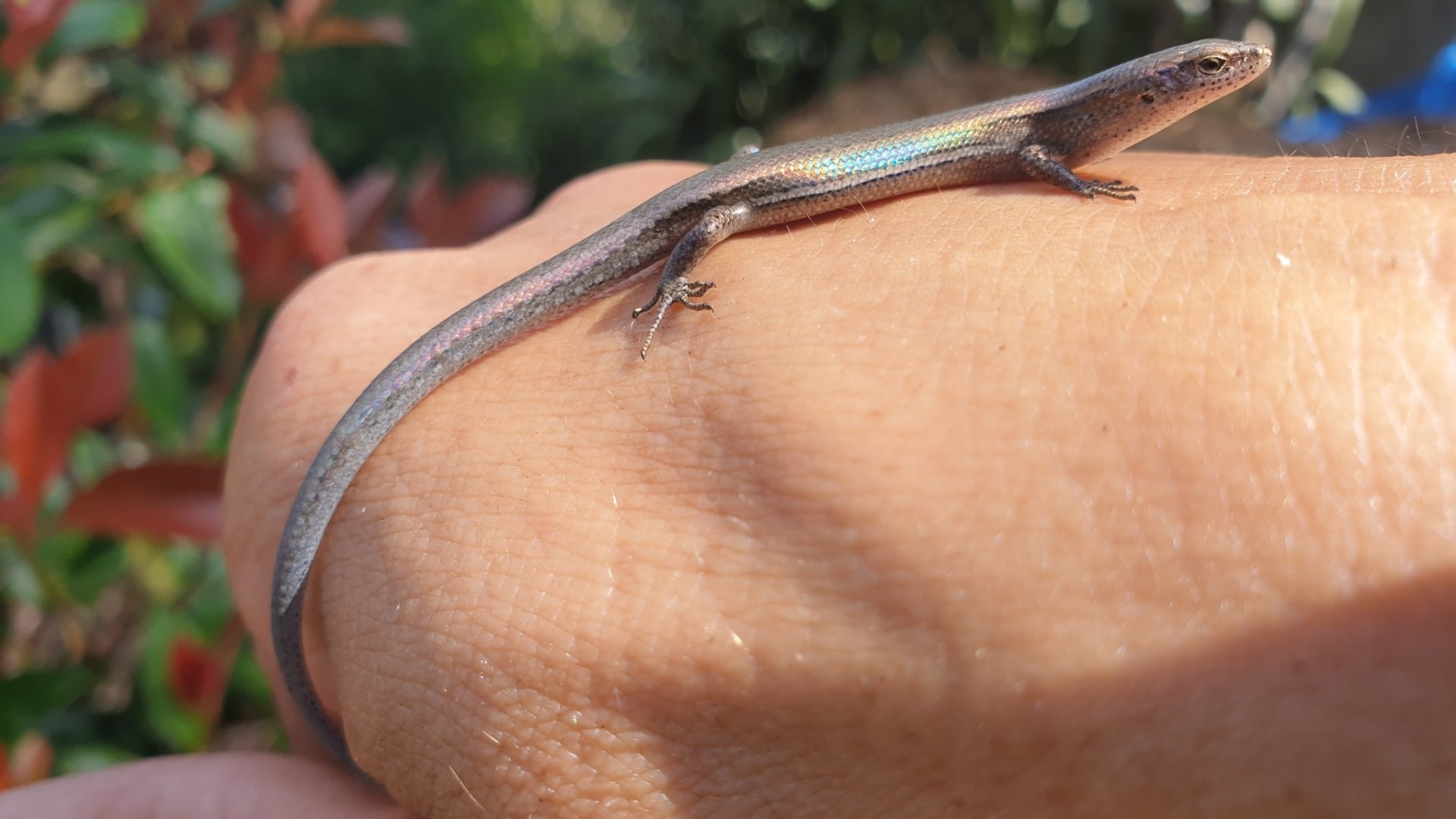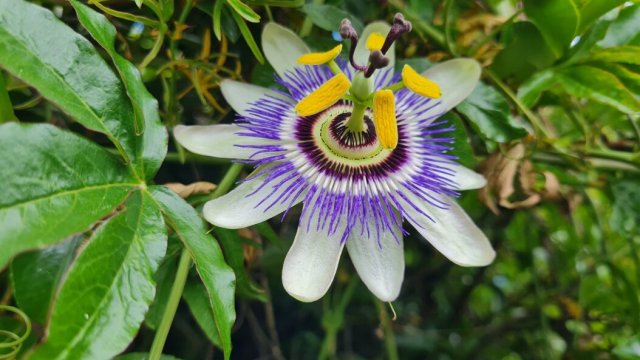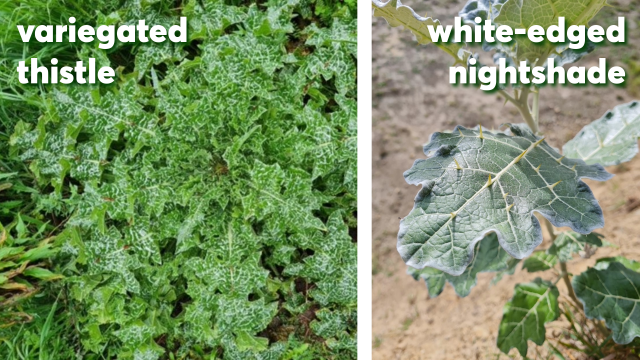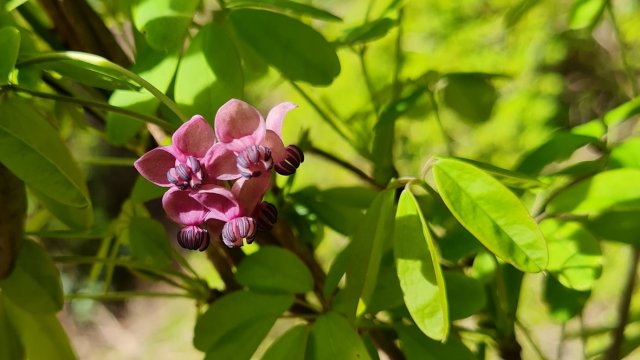Pest Patrol: An imposter in disguise
01/03/2023 10:19am
While you are out in the garden enjoying the warm days, keep your eyes out for skinks foraging and basking in the sun.
There are a couple of native skink species in Nelson –the native grass skink is common in urban areas –but it’s another variety of skink that our biosecurity team is interested in hearing about. The catch is that they look very similar!
The plague skink (Lampropholis delicata), sometimes known as the rainbow skink, is a small lizard introduced to New Zealand from Australia.
First recorded in Auckland during the 1960s, probably arriving accidentally in cargo, plague skinks have steadily expanded their range through the North Island and have recently been discovered in Marlborough.
This skink could already be present somewhere in Nelson Tasman, but because they look so similar to our common native skink, they may not have been reported.
Plague skinks can reach high numbers in a relatively short time, threatening our declining native lizard populations by competing for food, habitat and space.
How do you tell them apart?
The plague skink is brown or grey-brown with a dark brown stripe down each side, and an iridescent rainbow/metallic sheen when seen in bright light.
Our native northern grass skink (Oligosoma polychroma) superficially looks very similar to a plague skink but doesn’t have the rainbow sheen.
Our native skinks give birth to live young once a year, whereas the plague skink lays clutches of eggs several times a year.
Those with a keen eye may be able to spot that native skinkshave two smaller scales on top of their heads, whereas the plague skink has a single large scale.

Plague skinks are about 3–4 cm long from head to back feet (excluding the long, thin tail). They prefer moist areas and are commonly found under vegetation, litter, rocks and logs. They also thrive in urban areas, gardens, commercial areas, industrial sites, garden centres and waste ground.
What to do if you spot one
Our native skinks are also common in suburban gardens and parks in Nelson Tasman, as well as in native shrublands and grasslands, so it’s important to check for things that set them apart before reporting a sighting.
If you have seen a skink matching the description of a plague skink, lots of skinks in the same area, or have discovered a cluster of small white reptile eggs anywhere in the Nelson Tasman region, please report it to Nelson City Council’s Biosecurity team on 03 546 0200 biosecurity@ncc.govt.nz or MPI Biosecurity 0800 809 966 immediately. If possible, take some clear photos to help with identification.





